Exclusive Licensing Contributor David J Fulde is a Toronto based filmmaker and portrait photographer whose work includes utilizes cinematic lighting techniques and shadows to capture his gorgeous subjects. Browse his Licensing collection here.
Q. Tell us a little bit about yourself, where are you from and what are some of your go-to hobbies?
A. A little bit about myself is that I hate talking about myself. Sorry, bad joke. My name is David J. Fulde, a portrait photographer and filmmaker in Toronto, ON. I’m originally from small-town Nova Scotia, which means I had a lot of time with little to do if I didn’t rely on my imagination. As corny as that sounds it’s true!
These days, some of my hobbies include movies, TV, and video games (I’m incredibly mediocre at Smash Bros!). In general, I find any kind of visual art fascinating and try to pull from lots of different sources. I like to find inspiration by mixing and matching imagery into something new. Another hobby of mine is drawing and painting, but that’s pretty new and I’m not good, but it’s fun!
Q. You initially started in the film industry, what lead you to photography and how do you feel film has influenced your direction in photography?
A. A few things lead me to photography. When you’re trying to make a film project, you need a crew—sound people, actors, etc., even a small set can have ten or more people on it. I’m also not the sort of person to pick up something new and then just settle for being ‘good’ at it. I need to work really hard to learn as much as possible and do it over and over again, which is harder with film than photography. Set-life wasn’t for me so I worked in post-production but I still wanted to create things. Photography has a lot of the same disciplines in lighting, composition, the exposure triangle, etc., but it’s a lot quicker and you only need yourself and a model. Sometimes you can get bigger crews but for portraiture, you only need someone to operate the camera and someone in front of it.
The thing that really pushed me into photography though, was when an old boss told everyone at the company I worked for not to expend any creative energy outside of the job. As an inherently creative person, I did not like this so I took on a personal challenge out of spite. I challenged myself to take 100 self-portraits in 100 days and the rest is history!
Q. You’ve mentioned that film helped to influence the way you light your shoots. Do you have a favorite lighting set up?
A. Sci-fi films and anime really influence the way I use my colors and gels. For fashion shoots, I really like using one light—usually, a speedlight, placed high and to the right, and then I take a step back to show the environment. I also love getting really low compared to my subject—this really comes from my film days where you use the environment and location to help tell the story.
In the past, I’ve used motivated light, where you make the lighting look like it’s coming from a source in the frame. This is a great technique to create a very cinematic look in both fashion and environmental portraiture.
When I’m in the studio (my apartment), I love hard, precise light, with lots and lots of color. I put my gels onto my speedlights and throwing up some cinefoil to get some very precise spots of light. I’ve been considering investing in a projector to make it even easier to get extremely precise light placement.
Q. For photographers who may not have access to this type of lighting equipment, what would you recommend as an alternative, for setting up a cinematic shot?
A. For a cinematic shot, it’s important to err on the warm side, show off your locations, and keep your highlights from blowing out and your blacks from getting too crushed. Look at films, the whitest whites are usually not totally white, they are often at 80-90% white, while the blacks are either slightly lifted or just barely touching true black. I feel as though this is the biggest thing in the search for ‘cinematic’ photos. See your location, let things fall into shadows, and pay attention to where your highlights and shadows fall.
I find that some of the best shot films leave you wanting more, they give an illusion of the world existing outside of a frame. For example, see the scene in Rosemary’s Baby where Minnie Castavet is on the phone. For this reason, I often have my subjects looking away from the camera, but directly at something in the room so their eyes are engaged. I find looking directly at the camera can be very powerful, but I choose very carefully when to use that. Looking away gives a feeling of space outside the frame, it engages the viewer to wonder what they are looking at.
Q. What is your favorite subject matter to shoot and why?
A. Other artists, drag queens, painters, designers. I feel like I can really collaborate with other artists, speak the same language, and create something truly special. As much as I love working with smaller crews on a shoot, bringing in a stylist and makeup artist lets me bounce ideas off of them and create something neither of us could alone.
Q. Where do you find inspiration for your shoots?
A. I pull inspiration from a lot of places: anime directors like Mamoru Hosada and Satoshi Kon; films like Bladerunner, The Fall, and Moon; books, art books, video games, drag culture. Anything that might have a color, texture, or shape I like, I squirrel away in my bank of ideas. I literally have a bookshelf full of books just stuffed with bookmarks on photos I like so whenever I’m short on inspiration I can just go through them and see beautiful photos.
Q. Last year you participated in 10×10, an annual event and publication that celebrates queer Canadians in the arts. What did you learn from this experience?
A. I learned that I’m a cryer! When I got my photos up and took a step back to see them hanging I had a bit of an emotional moment. I worked really hard to craft my photos and it was great to see them all come together. I learned that I’m allowed to like my own work and be proud of it—something I was very bashful about before. I learned so many things about myself throughout the whole experience, from meeting James Fowler, the brains behind 10×10 to having my work go up. But possibly the most important thing I learned was that the more ‘myself’ I allow myself to be, the more success I have.
Q. Queer arts and culture play a critical role in the development of representation in commercial media. Where would you like to see this evolve to and what are some important themes you would like to see addressed?
A. I would like to see more attention on communities of color, trans, and nonbinary communities. I feel like a lot of queer representation is “thin, white, gay”, but a lot of our slang and culture comes from black drag queens and the ball community. A lack of intersectionality is something that I feel is a really big problem in our society right now and as someone who is (very) white, I try to use my privilege to raise up those with voices that are too often silenced and to shut my mouth when people are trying to speak. Talking within a community that you’re not a part of is fine (in my point of view), but talking over a community you’re not a part of is not OK. I grew up in a small town where demographics are calculated in different forms of caucasian (as funny as that sounds, it isn’t a joke), so learning from incredible people about my own biases and privileges was difficult but necessary.
Q. What are some obstacles you have faced within commercial photography?
A. Breaking in, to be honest. A lot of the work I’m actually paid for is for individuals rather than companies. I’m making a lot of great moves forward in that case but the actual act of breaking through is hard since there are a thousand photographers for every one job and you have to stand out. I’ve spent the past few months building up a bit more of a commercial book and now I’m back doing my stuff with color and moodiness that I’m sort of “known” for.
Q. What advice would you give someone looking to you for inspiration?
A. Don’t! I’m kidding. I would say that you shouldn’t worry if you’re not good. I was so bad when I first started working with images that my old film photography school teacher admitted that he used to try and telepathically tell me to drop out. I’ve never been very good at anything when I first try. My best skill is being bull-headed and stubborn. The path to success doesn’t ever lead you to the destination you think it will. Or at least it hasn’t for me, so far.
But most importantly, you need to trust yourself. Only you have your specific point of view and specific taste. You need to work on the technical to be able to execute your vision as best you can, but always be sure to allow yourself to permeate through your work.
David is currently judging a Quest on 500px in celebration of Pride. You can learn more about the Quest here. And read more about 500px’s Breaking the Mold Quests.


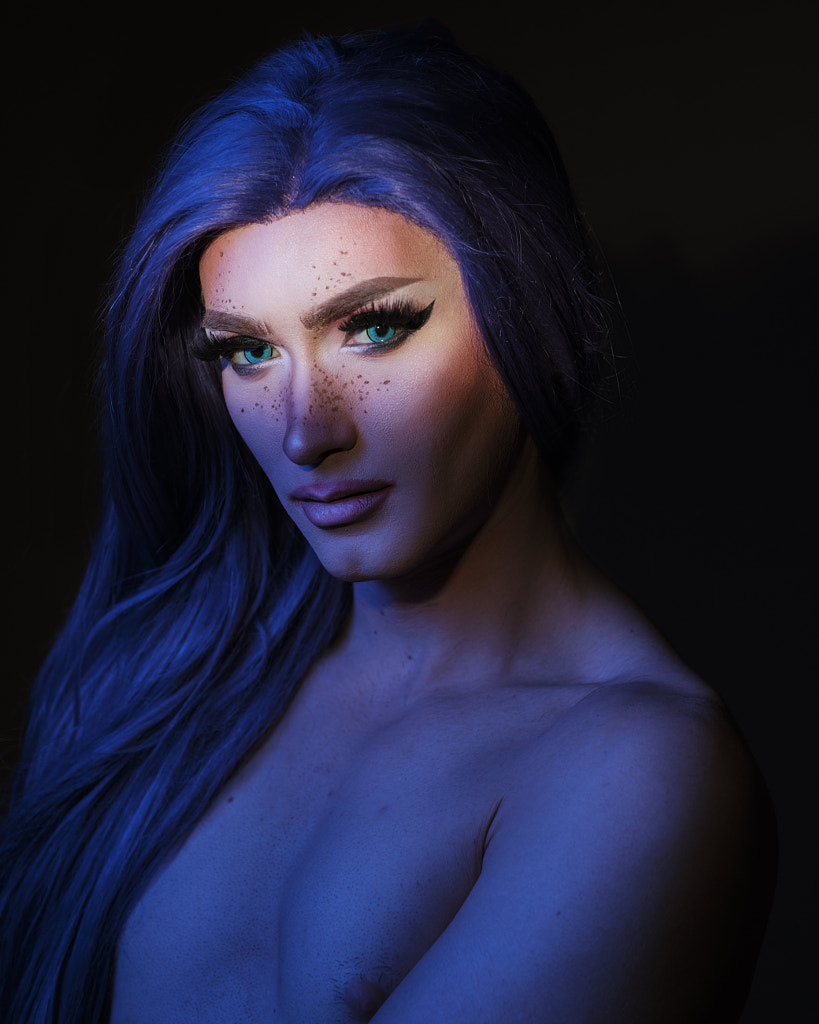
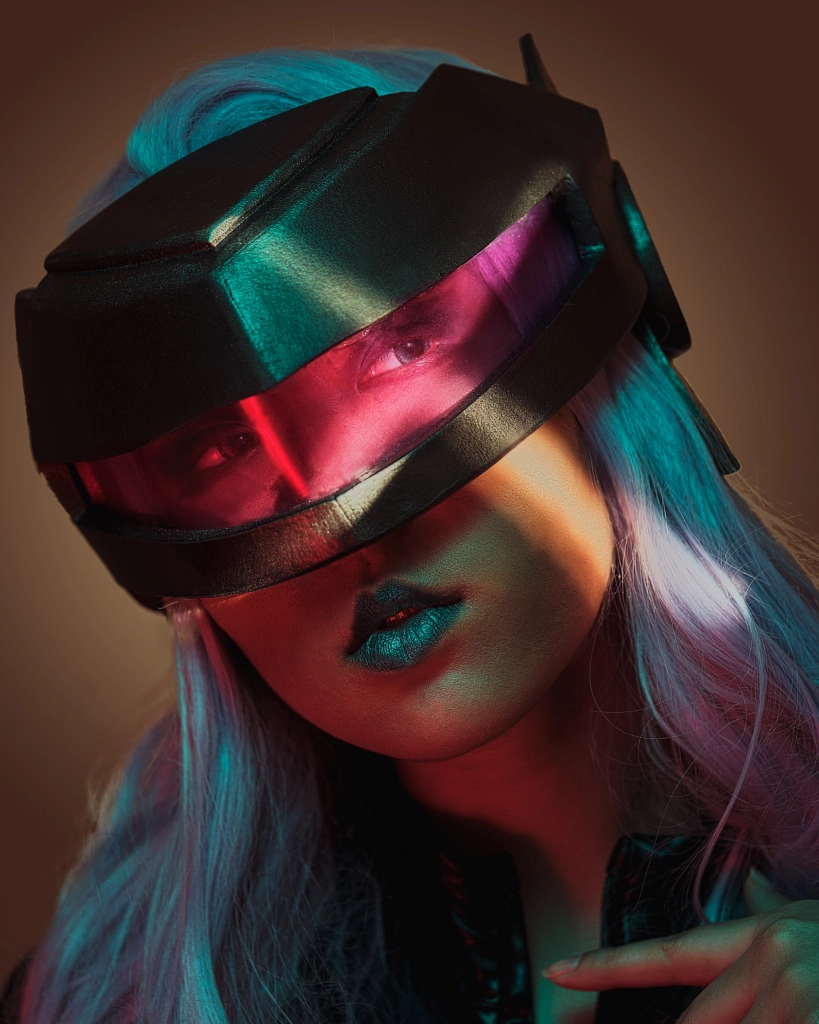

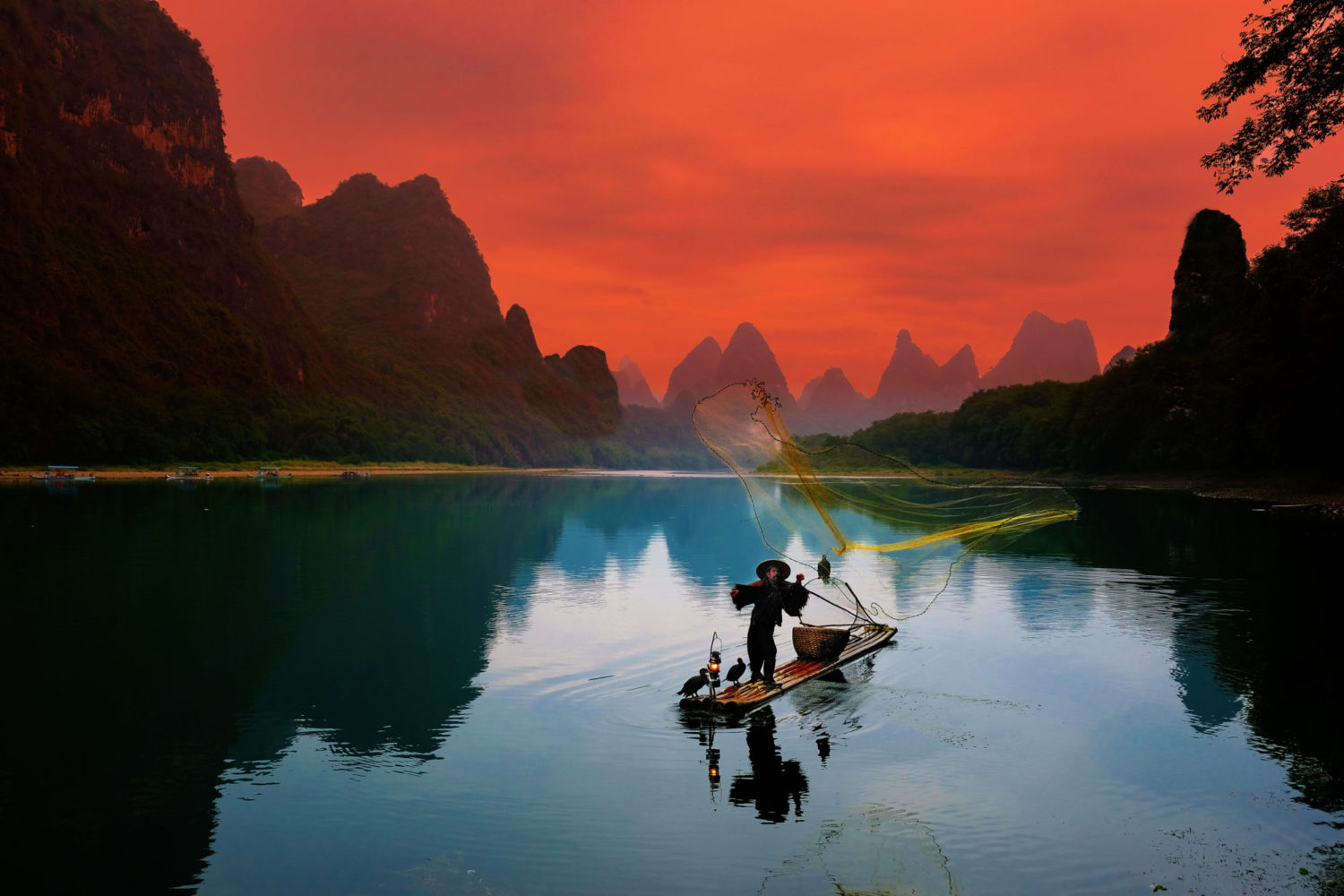

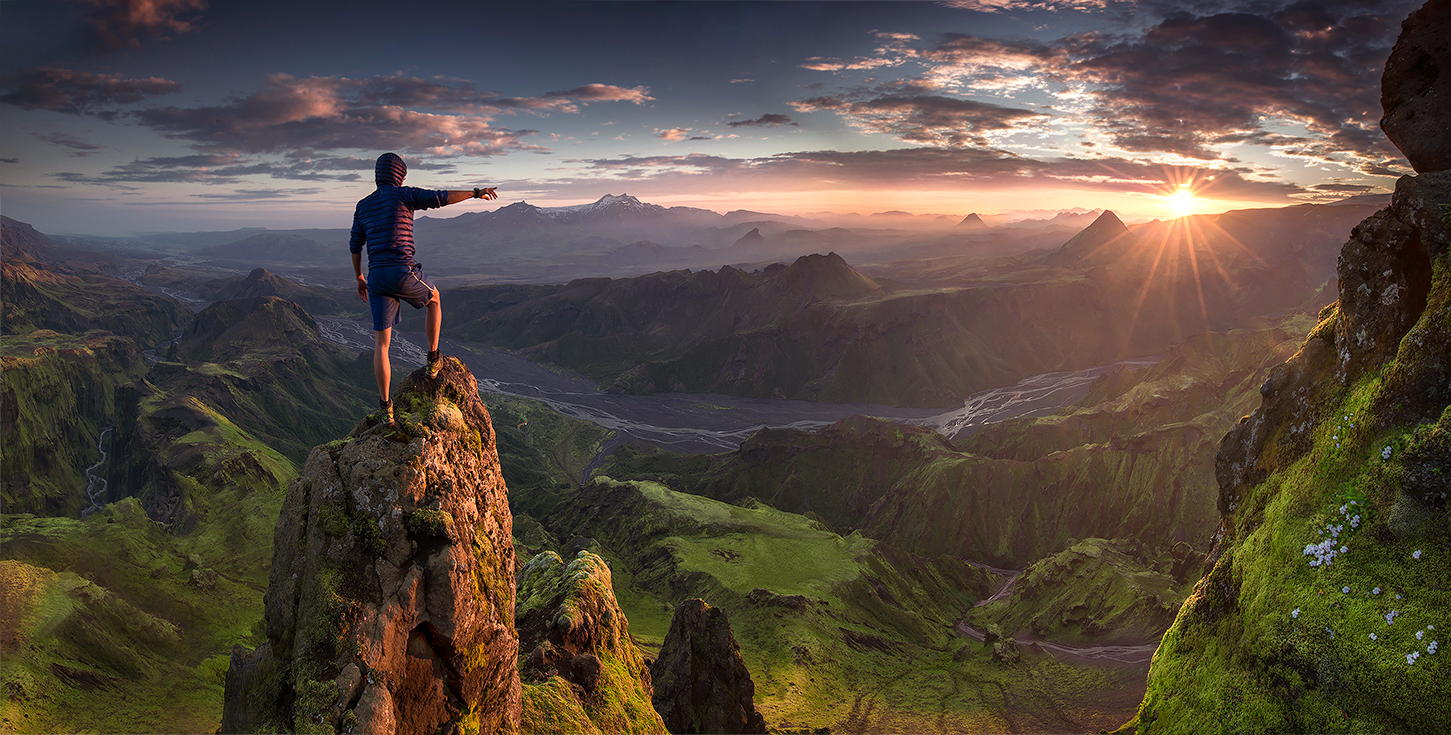
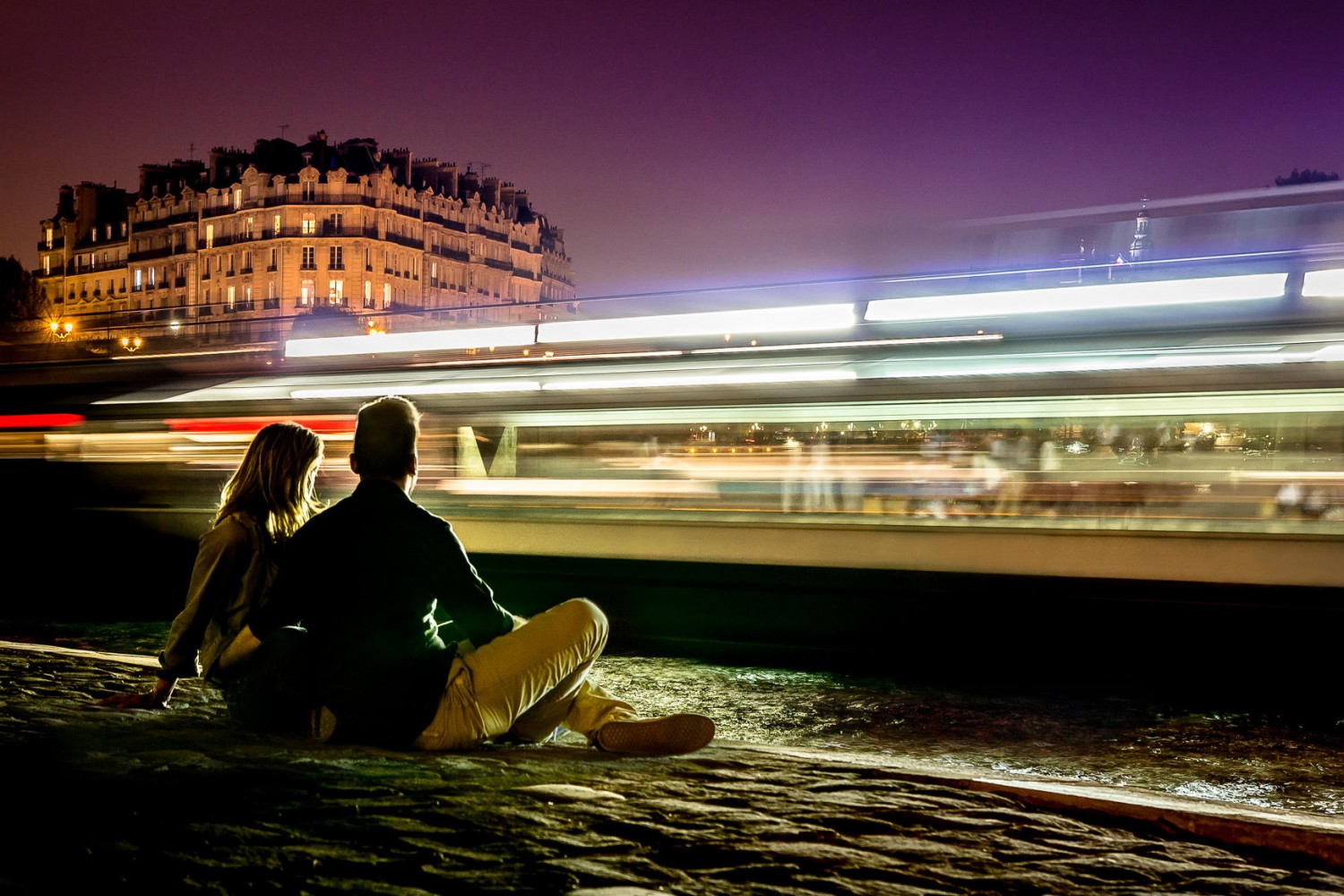
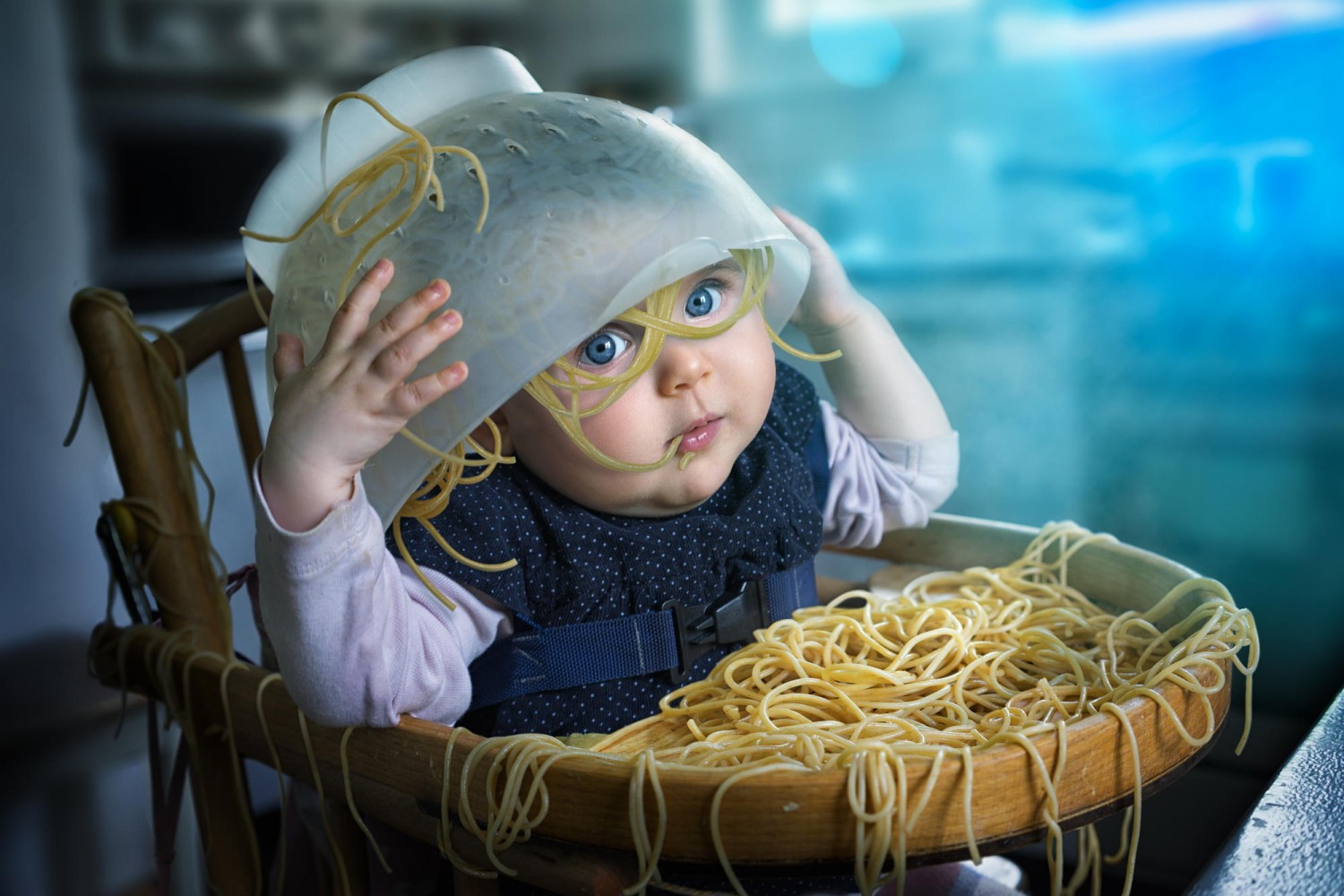
Leave a reply